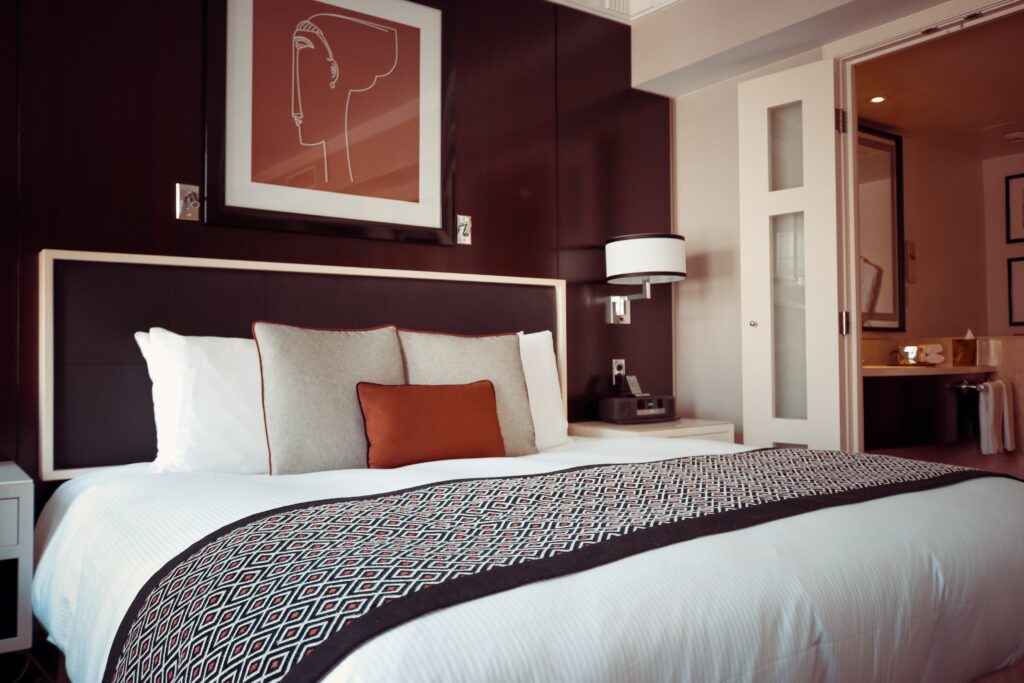10 Revenue Management Mistakes That Are Costing Your Hotel Money

Revenue management is essential for maximizing a hotel’s profitability, yet many hoteliers unknowingly make mistakes that leave revenue untapped. Identifying and addressing these pitfalls can significantly improve metrics like occupancy, average daily rate (ADR), and revenue per available room (RevPAR). Here are the top 10 mistakes—and how to avoid them.
1. Overlooking Demand Forecasting
Failing to forecast demand accurately can lead to either underselling or overpricing rooms. Research from the Hospitality Sales & Marketing Association International (HSMAI) indicates that hotels using demand forecasting achieve up to 10% higher RevPAR compared to those that don’t. By analyzing past booking data, market trends, and events, you can better predict demand and optimize your pricing strategies.
2. Using Static Pricing Models
Static pricing, or maintaining the same rate year-round, is one of the biggest revenue killers. Hotels that adopt dynamic pricing—adjusting rates based on market demand—see revenue gains of 15%–20%, according to Cornell University’s Center for Hospitality Research. Tailor your pricing strategy to local events, seasonality, and booking pace to maximize profitability.
3. Focusing Solely on Occupancy Rates
Many hoteliers prioritize high occupancy without considering ADR or RevPAR. An analysis by STR revealed that hotels with a balanced focus on ADR and occupancy outperform those solely chasing occupancy by up to 30% in overall revenue. Filling rooms at deeply discounted rates can erode profitability, so aim for a healthy balance.
4. Failing to Optimize Distribution Channels
Relying too heavily on one or two booking channels can limit your reach and increase costs. A study by Phocuswright shows that OTA commission fees often account for 15%–25% of revenue. Diversify your distribution strategy with direct bookings, metasearch platforms, and global distribution systems (GDS) to reduce reliance on expensive channels.
5. Ignoring Ancillary Revenue Opportunities
Room revenue isn’t the only profit driver. A report by Deloitte found that ancillary services, such as dining, spa treatments, and upselling premium packages, account for 20%–25% of total hotel revenue. Upselling during the booking process or offering exclusive in-stay deals can significantly boost your bottom line.
6. Poor Segmentation of Guest Profiles
Treating all guests the same is a missed opportunity. Research by Skift reveals that personalized marketing can improve conversion rates by 15%. Segment guests based on factors like booking behavior, demographics, and travel purpose to tailor offers and rates. For example, corporate travelers prioritize convenience, while leisure travelers value unique experiences.
7. Neglecting Cancellation Policies
Loose cancellation policies can result in high no-show rates and revenue losses. Data from Booking.com shows that properties with stricter, tiered policies experience 20% fewer last-minute cancellations. Offer non-refundable rates at a discount alongside flexible options to minimize risk while catering to diverse customer preferences.
8. Not Leveraging Technology
Relying on manual processes or outdated systems limits your ability to adapt quickly. According to a study by Hotel Tech Report, properties using advanced revenue management systems achieve 30% higher revenue growth than those without. Technology automates data collection, pricing adjustments, and market trend analysis, saving time and boosting efficiency.
9. Ignoring Guest Reviews and Feedback
Guest feedback isn’t just about service improvement—it’s a revenue driver. A TripAdvisor survey found that 81% of travelers are more likely to book a property with positive reviews. Monitoring and responding to reviews can enhance your online reputation, driving bookings and allowing for higher room rates.
10. Not Adjusting Strategies During Economic Shifts
Economic conditions, such as inflation or recessions, can drastically impact travel demand. Hoteliers who don’t adapt their pricing or marketing strategies risk losing market share. For example, during the COVID-19 pandemic, properties that offered flexible rates and targeted local travelers recovered faster, as shown in a report by McKinsey & Company.
Conclusion
Revenue management is both an art and a science, requiring constant attention to market trends, guest behavior, and operational efficiency. By avoiding these 10 common mistakes, hoteliers can unlock their property’s full revenue potential and stay ahead in an increasingly competitive industry.
